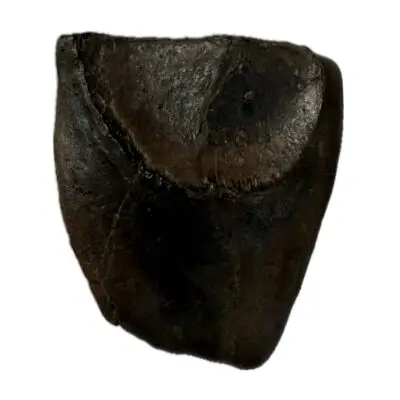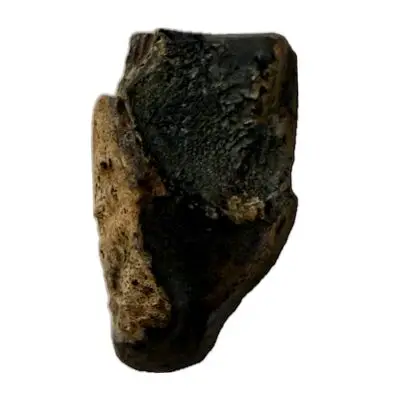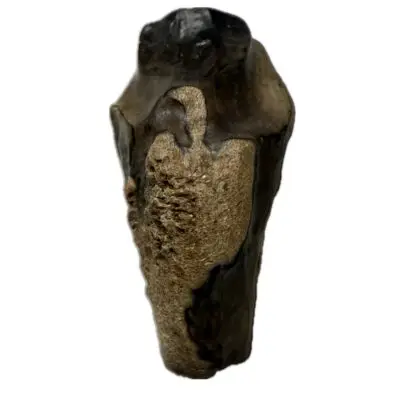Triceratops: The Legendary Horned Dinosaur of the Late Cretaceous
Showing all 6 results
Triceratops:
Triceratops, one of the most iconic dinosaurs of the Late Cretaceous period, is well-known for its large frill and three distinct facial horns. This herbivorous dinosaur, which lived around 68 to 66 million years ago, grew to lengths of 26 to 30 feet and weighed up to 12 tons. Native to what is now North America, Triceratops is recognized for its impressive head, which featured two large horns above the eyes and a smaller horn on the nose. These horns, along with its massive frill, likely served as both a defense mechanism against predators and a display structure for attracting mates or signaling dominance within herds.
History:
Triceratops was part of the Ceratopsidae family, a group of horned dinosaurs that were primarily herbivores, feeding on plants such as ferns and cycads. Its teeth were designed for shearing tough plant material, and its jaw structure allowed for a powerful bite. Triceratops was a slow-moving dinosaur, relying on its size, horns, and frill to protect itself from predators like the Tyrannosaurus rex. Fossil evidence shows that it lived in large herds, which may have provided additional protection against threats, with individuals working together to defend themselves.
Physical attributes:
The large frill on Triceratops’ head, which extended behind its skull, is believed to have played several roles. It could have been used in social behaviors, such as identifying individuals within a herd or attracting mates, as well as providing protection to the neck and shoulders from predators. Some scientists also suggest that the frill and horns may have been used in intraspecific combat, where males might have fought for dominance or territory. The overall structure of Triceratops’ head and body made it one of the most formidable herbivores of its time, capable of holding its own against carnivorous dinosaurs.
Popularity:
Today, Triceratops continues to capture the imagination of people worldwide, featured in museums, documentaries, and even in popular films. Its unique appearance and status as one of the most well-known herbivorous dinosaurs make it a favorite among dinosaur enthusiasts. Whether you’re an avid collector of fossils or simply fascinated by the prehistoric world, Triceratops remains one of the most iconic and easily recognizable dinosaurs, offering a glimpse into the diverse and dynamic ecosystems of the Cretaceous period.
Here are 10 fun facts about Triceratops:
- Its name means “three-horned face”: Triceratops comes from the Greek words tri (three), keras (horn), and ops (face), referring to its three facial horns.
- It was one of the largest herbivores: Triceratops could grow up to 30 feet long and weigh around 6–12 tons, making it one of the largest plant-eating dinosaurs of its time.
- It had a large frill: The large bony frill on the back of its head may have been used for defense, attracting mates, or protecting the neck and back from predators.
- It had three facial horns: Triceratops had two large horns above its eyes and a smaller one on its nose, likely used in fights with other Triceratops or for defense against predators like Tyrannosaurus rex.
- It lived in the Late Cretaceous: Triceratops roamed North America around 68–66 million years ago, coexisting with other dinosaurs like T. rex.
- It was a herbivore: Triceratops mainly ate plants, including ferns and cycads, and used its beak-like mouth to crop vegetation.
- It may have lived in herds: Evidence suggests Triceratops may have lived in groups, as fossils of multiple individuals have been found together, though the exact social structure remains debated.
- It had a powerful bite: Triceratops had strong jaws and teeth for grinding tough plant material, though it wasn’t a predator—it used its bite for defense.
- Its frill could have been brightly colored: Some paleontologists believe that the frill may have been brightly colored or patterned to attract mates or intimidate rivals, similar to modern animals with colorful displays.
- Triceratops may have had a short lifespan: It is believed that Triceratops lived relatively short lives, with some reaching full maturity by around 15–20 years of age.
Prehistoric 101 (Learn about fossils, minerals, and meteorites)
What is a Spinosaurus?
Spinosaurus: The Giant of Kem Kem?
Discovering Prehistoric Life and Fossils








